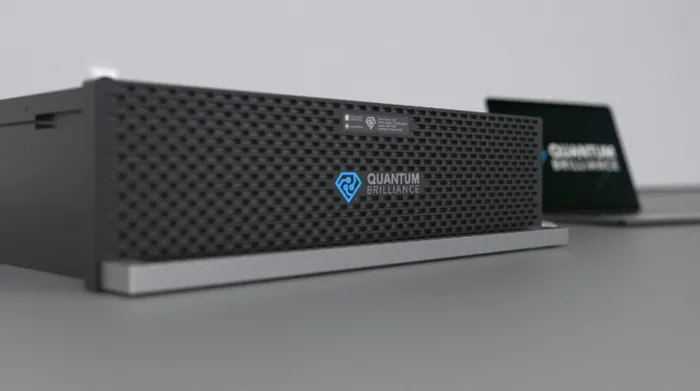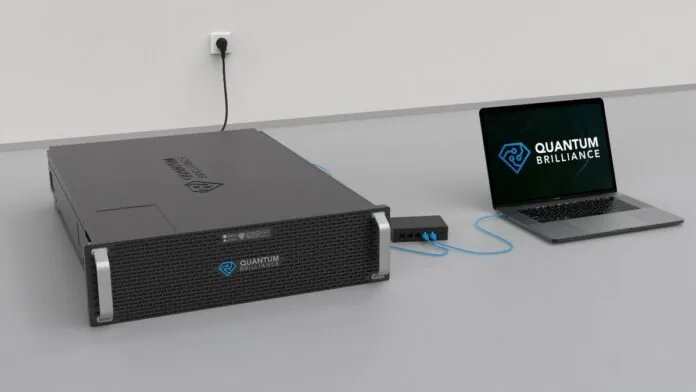© ROOT-NATION.com - Use of content is permitted with a backlink.
The world’s first room-temperature quantum computer has just been installed at the Pawsey Supercomputer Research Center in Australia. Developed by the Australian company Quantum Brilliance, the quantum accelerator does not require any exotic cooling methods to maintain quantum coherence and was even designed for installation in a conventional rack system. Thus, the new quantum accelerator will work in tandem with Pawsey’s new, state-of-the-art HPE Cray Ex supercomputer – Setonix.
The room temperature was achieved through Quantum Brilliance’s approach to quantum computing, instead of more common ion chains, silicon quantum dots, or superconducting transmon qubits, Quantum Brilliance uses natural nitrogen-vacancy centers in synthetic diamonds.
These vacancy centers amount to defects in the diamond’s structure, which feature a photoluminescence capability that allows for the qubits’ spin states to be read based on the emitted light’s characteristics, without directly interacting with the qubits. A number of techniques, such as magnetic or electric fields, microwave radiation, or light can be used to directly manipulate the nitrogen-vacancy center’s qubits.

Andrew Horsley, CEO of Quantum Brilliance, called field testing an important step for the company to create quantum technology that will be smaller, more compatible, more flexible, and ultimately able to work in any environment.
“Our vision is to take quantum from mainframe to mainstream — running your mobile phone, your car, your work platforms, or anywhere close to the application where it is needed,” said Horsley. “This collaboration is our first step toward achieving this goal.”
The partnership with the Pawsey Supercomputer Research Center aims to accelerate the process of combining quantum and classical systems by creating initial hybrid environments that will diagnose bottlenecks and possible improvements in the integration of quantum and classical computing.
While most quantum computing work is currently done in a simulated environment on platforms such as IBM Quiskit and the Nvidia cuQuantum initiative, deploying a room-temperature quantum computer at the Supercomputer Center will allow researchers to truly use computing, maintenance, and integration on site. Now the goal will be to develop diagnostics and engineering workflows for this quantum-classical integration.
Pawsey CEO Mark Stickells said integrating the quantum accelerator into the HPC architecture will help the company’s 4,000 researchers learn more about how the two systems can work in tandem.
You can also help Ukraine fight with Russian occupants via Savelife or via an official page of the National Bank of Ukraine.
Read also:


